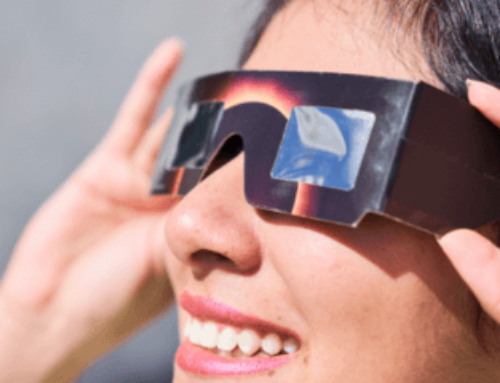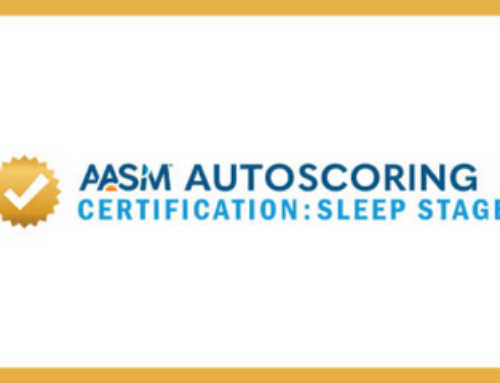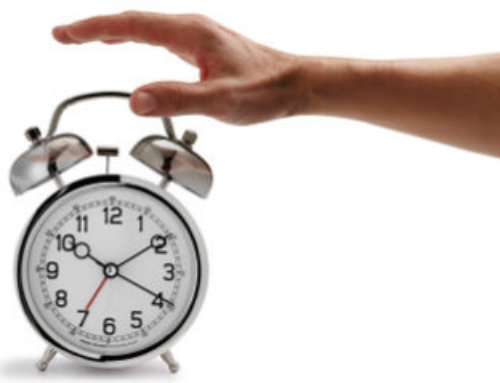EMBARGOED FOR RELEASE: 3 p.m. EDT, March 29, 2013
CONTACT: Lynn Celmer, lcelmer@aasm.org, 630-737-9700
DARIEN, IL – A new study found that obstructive sleep apnea, a common form of sleep-disordered breathing (SDB), is associated with increased rates of ADHD-like behavioral problems in children as well as other adaptive and learning problems.
“This study provides some helpful information for medical professionals consulting with parents about treatment options for children with SDB that, although it may remit, there are considerable behavioral risks associated with continued SDB,” said Michelle Perfect, PhD, the study’s lead author and assistant professor in the school psychology program in the department of disability and psychoeducational studies at the University of Arizona in Tucson. “School personnel should also consider the possibility that SDB contributes to difficulties with hyperactivity, learning and behavioral and emotional dysregulation in the classroom.”
The five-year study, which appears in the April issue of the journal SLEEP, utilized data from a longitudinal cohort, the Tucson Children’s Assessment of Sleep Apnea Study (TuCASA). The TuCASA study prospectively examined Hispanic and Caucasian children between 6 and 11 years of age to determine the prevalence and incidence of SDB and its effects on neurobehavioral functioning. The study involved 263 children who completed an overnight sleep study and a neurobehavioral battery of assessments that included parent and youth reported rating scales.
Results show that 23 children had incident sleep apnea that developed during the study period, and 21 children had persistent sleep apnea throughout the entire study. Another 41 children who initially had sleep apnea no longer had breathing problems during sleep at the five-year follow-up.
The odds of having behavioral problems were four to five times higher in children with incident sleep apnea and six times higher in children who had persistent sleep apnea. Compared to youth who never had SDB, children with sleep apnea were more likely to have parent-reported problems in the areas of hyperactivity, attention, disruptive behaviors, communication, social competency and self-care. Children with persistent sleep apnea also were seven times more likely to have parent-reported learning problems and three times more likely to have school grades of C or lower.
The authors report that this is the first sleep-related study to use a standardized questionnaire to assess adaptive functioning in typically developing youth with and without SDB.
“Even though SDB appears to decline into adolescence, taking a wait and see approach is risky and families and clinicians alike should identify potential treatments,” said Perfect.
According to the American Academy of Sleep Medicine, obstructive sleep apnea occurs in about two percent of children who are otherwise healthy. Children with sleep apnea generally have larger tonsils and adenoids than other children their age, and most children with sleep apnea have a history of loud snoring. Effective treatment options for children include the surgical removal of the tonsils and adenoids or the use of continuous positive airway pressure (CPAP) therapy.








